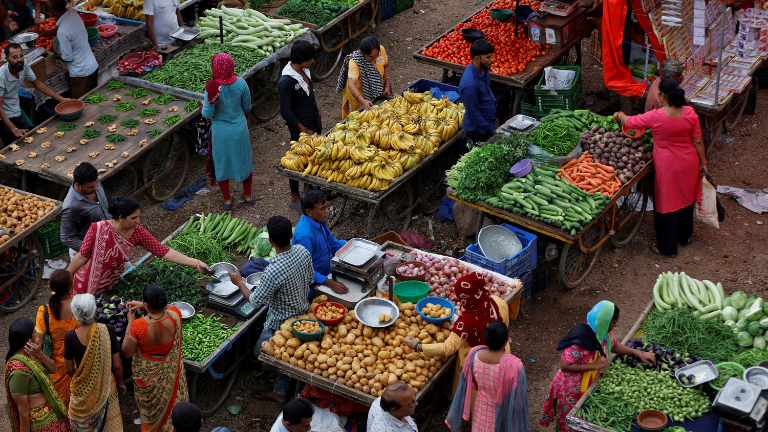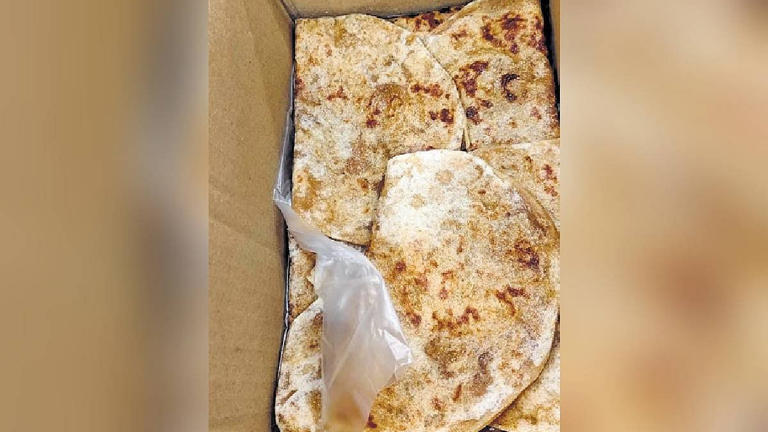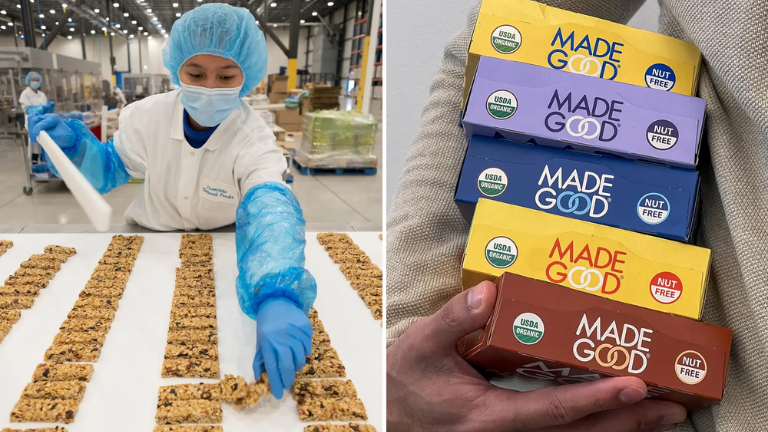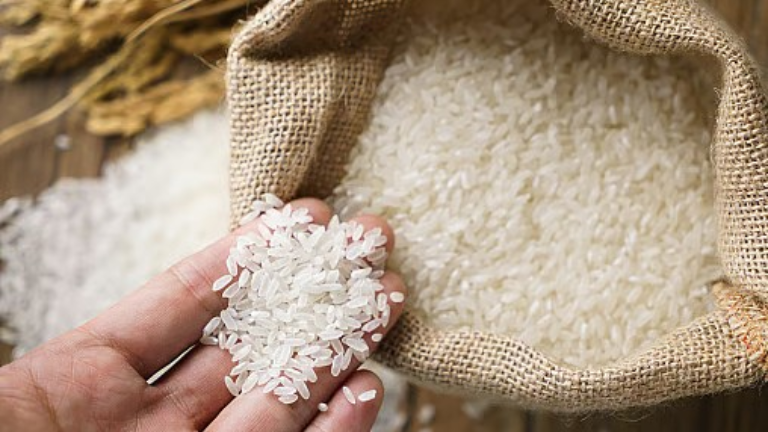Centre Spends Over ₹3 Lakh Crore on Subsidies in FY25; Food Subsidies Account for Over 50%
The Central Government has spent ₹3.07 lakh crore in subsidies between April and December 2024, with food subsidies making up more than half of this amount, according to a report by Bank of Baroda. This marks a significant increase compared to the same period in the previous fiscal year (FY24) when the total subsidy expenditure stood at ₹2.77 lakh crore.
While the government’s spending on food subsidies has increased, fertiliser subsidies have witnessed a decline. Additionally, the report highlighted concerns regarding weaker non-debt capital receipts and a decline in Foreign Direct Investment (FDI) inflows.
Key Highlights of the Report
✅ Total subsidy expenditure (April–December 2024): ₹3.07 lakh crore
✅ Food subsidies: ₹1.64 lakh crore (over 50% of total subsidies)
✅ Fertiliser subsidies: ₹1.36 lakh crore (declined from ₹1.41 lakh crore in FY24)
✅ Non-debt capital receipts: ₹27,296 crore (declined from ₹29,650 crore in FY24)
✅ FDI inflows (November 2024): $2.4 billion (sharp drop from $4.3 billion in October 2024)
Food Subsidies Drive Government Expenditure
The largest share of the total subsidy expenditure was allocated to food subsidies, as part of the government’s effort to provide free or subsidized food grains under welfare programs such as PM Garib Kalyan Anna Yojana (PMGKAY) and the National Food Security Act (NFSA).
- ₹1.64 lakh crore was spent on food subsidies between April–December 2024, an increase from ₹1.34 lakh crore in the same period last year.
- However, this is slightly lower than the ₹1.68 lakh crore spent during April–December 2022.
- The rise in food subsidy expenditure reflects the government’s focus on food security, especially amid inflationary pressures and increasing food costs.
The free ration scheme under PMGKAY, which benefits 80 crore people, has been a major factor behind the increase in food subsidy spending.
Fertiliser Subsidy Expenditure Declines
In contrast to food subsidies, the fertiliser subsidy expenditure has decreased in FY25.
- The government spent ₹1.36 lakh crore on fertiliser subsidies between April–December 2024, which is lower than the ₹1.41 lakh crore spent in the previous year.
- This marks a more significant decline from ₹1.81 lakh crore spent in FY23 (April–December 2022).
- The reduction in fertiliser subsidies could be due to lower global fertiliser prices, leading to reduced subsidy requirements.
Despite this decline, fertiliser subsidies remain a key element in supporting farmers, ensuring affordable agricultural inputs, and stabilizing crop production costs.
Decline in Non-Debt Capital Receipts
The report also pointed out a drop in the government’s non-debt capital receipts, which include revenue from asset sales and disinvestments.
- As of December 2024, non-debt capital receipts stood at ₹27,296 crore, lower than ₹29,650 crore in December 2023.
- The number is significantly below ₹55,107 crore recorded in December 2022, highlighting weaker revenue collection from asset sales and government disinvestment programs.
- This suggests reduced success in generating funds through non-debt sources, putting additional fiscal pressure on the government.
Weakening Foreign Direct Investment (FDI) Inflows
The report also raised concerns over declining FDI inflows, which could impact India’s economic growth and external financing.
- In November 2024, FDI inflows fell to $2.4 billion, compared to $4.3 billion in October 2024.
- The drop in foreign investment in Indian markets indicates a shift in investor confidence, possibly due to global economic uncertainties, rising interest rates, and domestic market fluctuations.
- Additionally, the report noted increasing foreign investor outflows from Indian stock markets, further pressuring overall capital inflows.
This decline in FDI and capital market investments could pose challenges for economic expansion, especially in sectors dependent on foreign investment.
What Does This Mean for India’s Economy?
- Food security remains a top priority: The government is spending heavily on food subsidies, ensuring affordable food grains for millions. However, higher subsidy spending may impact the fiscal deficit.
- Lower fertiliser subsidies reduce fiscal burden: The decline in fertiliser subsidies could help control government expenditure, but may also affect farmers if input costs rise.
- Revenue challenges persist: The fall in non-debt capital receipts indicates slower disinvestment progress, affecting the government’s ability to raise funds without increasing debt.
- Declining FDI inflows raise concerns: The drop in foreign investments suggests weaker investor confidence, potentially affecting economic growth and capital market stability.
Final Thoughts
The ₹3.07 lakh crore subsidy expenditure highlights the Centre’s continued focus on food security and social welfare, with food subsidies making up more than 50% of total spending. However, the decline in fertiliser subsidies, falling non-debt capital receipts, and weakening FDI inflows could pose economic challenges in the coming months.
As the government moves towards Budget 2025, key areas to watch will be:
✅ How it balances welfare spending with fiscal discipline
✅ Efforts to boost revenue through asset sales & disinvestment
✅ Strategies to attract and retain foreign investmentWith rising global uncertainties, India’s fiscal management and investment climate will play a crucial role in maintaining economic stability in FY25 and beyond. 🚀







